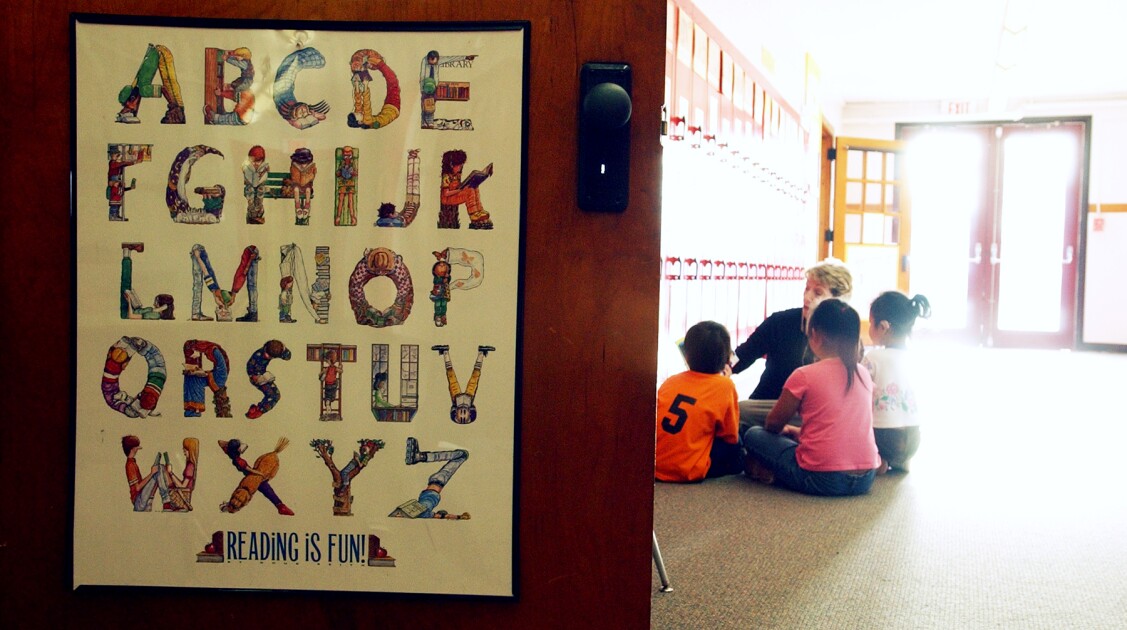The Data Quality Campaign has released a couple of reports that explain how states’ inability to share data with each other across state lines creates knowledge gaps for educators, policymakers, parents, and students, as well as suggestions for how to break down the data silos between states.
The first report outlines how three areas of education data are currently obscured because of the lack of data sharing between state lines: high school graduation rates, postsecondary success, and educator preparation programs.
Nearly 187,000 families with 80,000 school-age children moved to a different state in 2010, the report says. If the state cannot verify that the students who have moved have transferred to a school in their new state, then they must be counted as nongraduates in the original state, driving down the graduation rate there. Skewed graduation rates can be a huge problem for schools, parents, and policymakers since it is often used to understand each school’s performance in the community as well as under state and federal laws.
About 400,000 high school graduates—or almost one-fifth of all high school graduates—go on to postsecondary education out-of-state, the report found, making it impossible to tie data about students’ performance in postsecondary education to their performance in K-12. Similarly, about 21 percent of teachers who go through teacher preparation programs end up teaching in a different state, making it difficult to evaluate the efficacy of that preservice training. Until data can be shared across state lines, these gaps in education data knowledge will remain, the report warns.
The second report looks more closely at the role of state policymakers in breaking down state lines regarding certain types of education data. It provides four main suggestions, including multistate student record exchanges that would make it possible for states to request and receive individual student records as students move; standardized education data; limited and appropriate data sharing, which involves linking systems to find an individual’s data in two separate systems, matching that data, and sharing information to create a more robust picture of that individual; and common metrics, which determine how data is analyzed.
The second report points to states’ work on common core standards as an example of how policymakers can work together to bring about some of these changes. And while many states are making progress in terms of building robust data systems and breaking down data silos within states, as these two reports suggest, there is still quite a bit of work to do to break down the barriers between states.


